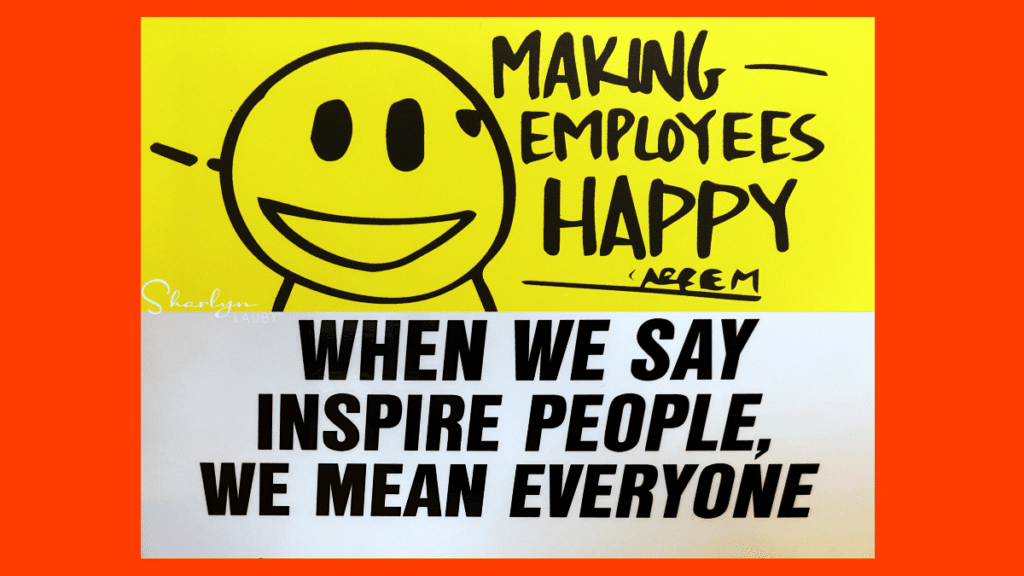Managers Try to Keep BOTH Executives and Employees Happy
Estimated reading time: 4 minutes
Managers have three roles in the organization. They’re responsible for their department and/or employee team. They’re also a colleague to other managers. Lastly, they report to someone in senior management. All these roles are important. But I came across a couple of articles recently that made me realize that their roles could be placing them in a sticky situation.
First, I read an article in The New York Times DealBook newsletter where they asked ten recent graduates what they’re looking for in an employer. One of the top answers was “values”. Yes, salary and benefits are important. But so is company culture. The article cited a survey that said 61% of younger workers would prefer to work at companies that take a stand on social issues. And 49% they would quit a job that didn’t align with their values.
The second answer to the “What are you looking for in an employer?” question was flexibility. This isn’t about whether people want to work hard. I believe that most people are okay with hard work. They just want to do it on their terms. It could be remote, onsite, or hybrid. It could be day or night shift. Employees want to be held accountable for the work, not the location and schedule.
Neither of these responses should be a surprise. In fact, I might go as far as to say that not only do younger workers want their employers to have values and offer flexibility, but ALL employees want their employer to have values and offer flexibility.
Managers play a huge role in assigning the work as well as when the work should be completed and where it should be completed. Organizations rely on managers to know the pulse of what their direct reports are thinking and the best way to support them getting the job done. We want managers to support their teams.
Shortly after I read the DealBook article, I read a CNBC article titled “Making sense of why executives are eager to get employees back in the office”. One of the sentences in the article really jumped off the page for me. It said that many executives are “falling back on antiquated views of work to make inferences about what’s important for a company to flourish”. My takeaway was that executives want a work environment that looks more like 2019 (aka pre-pandemic).
And in some ways, we are being faced with some of the same pre-pandemic challenges. For example, the unemployment rate is very close to pre-pandemic levels. But we can’t just forget the past two years happened. In fact, organizations would be well positioned if they took the lessons of the past two years and brought them into the company culture.
For example, companies don’t have to go 100% remote. I’ve talked with many employees who are looking forward to spending time in the office. But this doesn’t mean that organizations couldn’t benefit by keeping the concept of employee flexibility in mind.
It also means that organizations should continue to demonstrate that they care about values. Over the past couple of years, organizations have spent a lot of energy saying they support the communities that are supporting them. Organizations need to remember this as we begin to wear our masks a little less.
This gets back to my comment at the beginning of the article about managers. Right now, managers might feel that they are stuck in the middle of what the executives want and what the employees want. And they’re trying their best to keep both sides happy. That’s not where our managers should be right now. And for many managers, this isn’t a winning situation.
It’s a candidate and employee market right now. Managers are the key to talent success. Organizations need to support managers so they can support their teams.
Image captured by Sharlyn Lauby at the SHRM Annual Conference in San Diego, CA
21